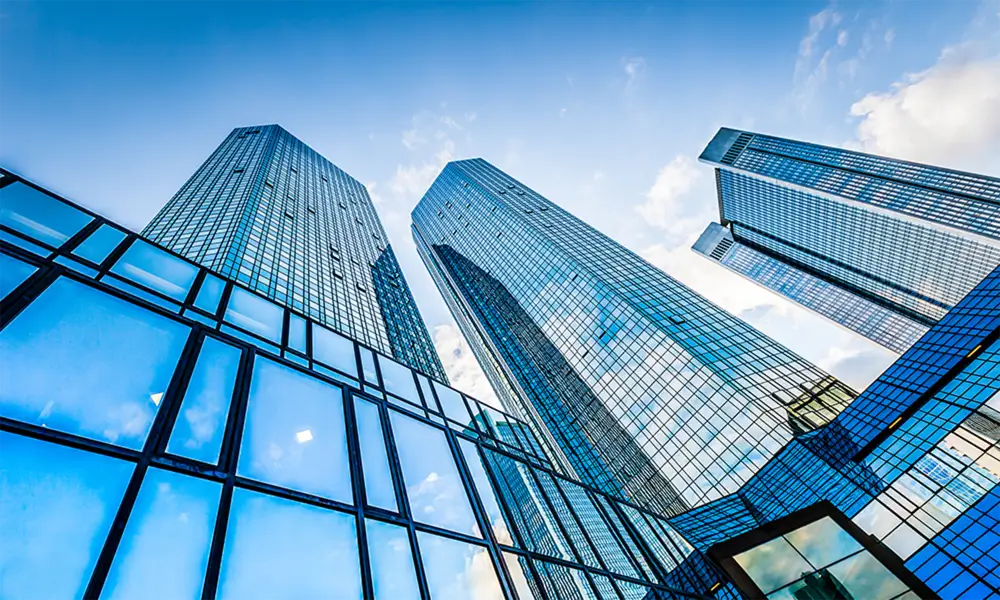

The Promise of Low Emittance Glass in Modern Architecture
In the quest for sustainable building practices and energy-efficient designs, low emittance glass has emerged as a crucial component in contemporary architecture. This specialized type of glass plays a pivotal role in enhancing thermal performance, reducing energy costs, and improving indoor comfort levels. By minimizing heat transfer, low emittance glass offers a myriad of benefits that are transforming the way buildings are constructed and operated.
Understanding Low Emittance Glass
Low emittance glass is engineered with a microscopically thin coating that reflects infrared radiation while allowing visible light to pass through. This unique characteristic is what distinguishes it from traditional glazing materials. The term emittance refers to a material's ability to emit thermal radiation; low emittance glass has a significantly lower emittance rating, which means it retains heat in winter and keeps interiors cooler during summer. The application of this technology results in a more stable indoor environment, irrespective of external climatic conditions.
Energy Efficiency and Cost Savings
One of the most compelling advantages of low emittance glass is its contribution to energy efficiency. Buildings account for a significant percentage of global energy consumption, and much of this energy is used for heating, cooling, and lighting. By utilizing low emittance glass, architects can design structures that minimize reliance on artificial heating and cooling systems. This leads to substantial cost savings in energy consumption over the life of the building. In fact, studies have shown that buildings equipped with low emittance glass can achieve energy savings of 10% to 30% compared to those using conventional glazing options.
Enhancing Indoor Comfort
Beyond energy savings, low emittance glass also enhances indoor comfort. The ability of this glass type to block out excessive heat from sunlight without compromising on natural light contributes to a more pleasant living or working environment. Furthermore, it reduces glare, which can be particularly beneficial in office spaces, thereby improving productivity. In residential settings, it ensures a consistent, comfortable temperature, making homes more inviting and enjoyable to inhabit.

Environmental Impact
The environmental benefits of low emittance glass go hand-in-hand with its energy efficiency. By reducing the energy needed for heating and cooling, these glass materials help lower greenhouse gas emissions associated with power generation. As the building sector increasingly prioritizes sustainability, the adoption of low emittance glass is seen as a crucial step towards reducing the carbon footprint of buildings.
Aesthetic and Functional Versatility
Aside from its functional advantages, low emittance glass also provides aesthetic benefits. It allows for larger windows and glass facades, which not only enhances the visual appeal of a building but also facilitates ample natural light, creating a more open and inviting atmosphere. Architects can now experiment with various designs and applications, integrating low emittance glass into residential, commercial, and institutional buildings alike. Its versatility extends to various styles, making it suitable for both modern and traditional designs.
Future Prospects
As technology continues to advance, we can expect further innovations in low emittance glass. Research is ongoing in improving its performance, durability, and affordability, making it an even more attractive option for builders and consumers alike. Additionally, the increasing awareness of climate change and its impacts is driving greater demand for sustainable building materials, suggesting that low emittance glass will play an ever-expanding role in future architectural projects.
Conclusion
Low emittance glass represents a significant advancement in building materials that combine energy efficiency, comfort, and aesthetic appeal. In a world increasingly focused on sustainability, its benefits cannot be overstated. As more architects and builders embrace this technology, we can look forward to a future where our built environment is not only more energy-efficient but also more enjoyable and healthier for its inhabitants. The promise of low emittance glass is remarkable, paving the way for a greener and more sustainable future in architecture.